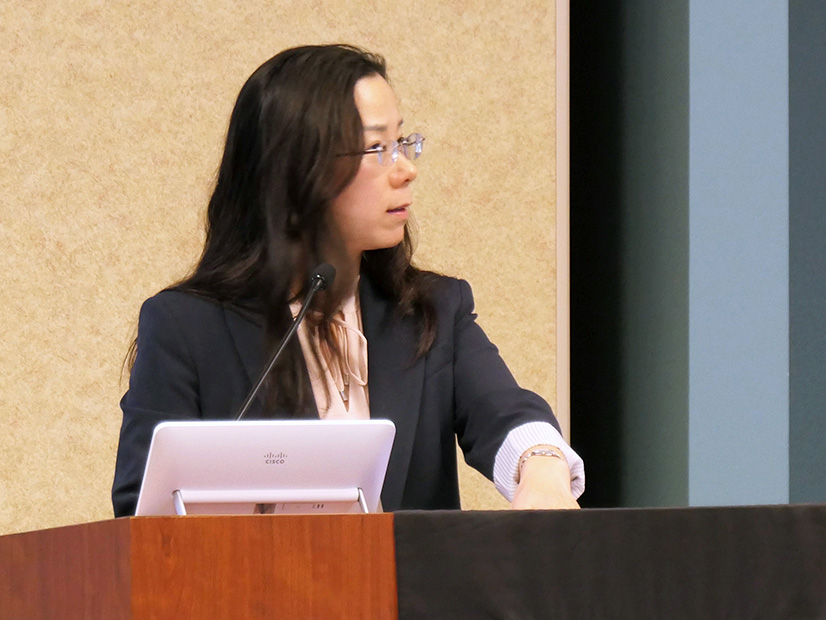CARMEL, Ind. — MISO this year said it generally agrees with the six new market recommendations brought forward in its Independent Market Monitor’s annual State of the Market report and is working on one of them.
Independent Market Monitor David Patton has debuted six market recommendations. (See MISO Monitor Spotlights Congestion Fixes, Market Mismatches in 2023.) He said MISO should:
-
- Develop a means to decommit resources that were committed in the day-ahead market.
-
- Create procedures outlining when it’s appropriate for its operators to derate transmission constraints to manage congestion.
-
- Require generation owners to fill out the reasons behind outages or outage extensions in the ticketing system the RTO uses to track scheduling.
-
- Use demand curves at the zonal level to better model demand in its local resource zones and produce more accurate local clearing requirements in capacity auctions.
-
- Align its definition of aggregate pricing nodes between its financial transmission rights (FTR) market and real-time and day-ahead markets.
-
- Enforce requirements for MISO’s 30-minute reserve product so it’s used instead of out-of-market actions to solve shortages.
Of all this year’s new recommendations, MISO said it agrees most strongly with the suggested better guidance on when operators should derate transmission to manage congestion.
“MISO is actively working on improvements to operators’ tools and procedures related to constraint management, including for out-of-market actions. Procedures will be revised as needed to offer further guidance to operators while maintaining operational flexibility,” MISO Director of Market Design and Development Zhaoxia Xie said at a Nov. 7 Market Subcommittee meeting.
However, MISO said it would defer any action on creating individual downward-sloping demand curves for the 10 local resource zones in its capacity auction.
MISO said though there might be value in fashioning separate sloped zonal demand curves, it’s going to do more evaluation on the IMM’s proposed solution.
On the other hand, Xie said MISO is working in concert to synchronize the definitions of the aggregate pricing nodes and “minimize the gap” between the modeling for its FTR market and real-time and day-ahead markets.
MISO similarly plans to collaborate with the IMM on possibly developing a means to recommend the decommitment of resources committed in the day-ahead market. However, Xie added that MISO members currently enjoy the financial and operational assurances they get in the day-ahead market while benefiting from being able to adjust offers in the real-time market to meet “their economic and operational needs.”
As for gathering more detailed descriptions of the reasons behind generation outages, Xie said MISO recently dropped the ‘other’ option from its dropdown menu in its outage reporting software for members. She said MISO will do more to collect explanations for outages.
“MISO plans to evaluate changes to the outage submission rules that ensure needed information is provided when tickets are submitted or updated,” Xie said.
Finally, MISO said it plans to investigate how it can enforce short-term reserve requirements in load pockets. Xie said MISO shares the IMM’s concerns about operators increasingly using out-of-market commitments to “satisfy voltage and local reliability requirements in key load pockets.”




